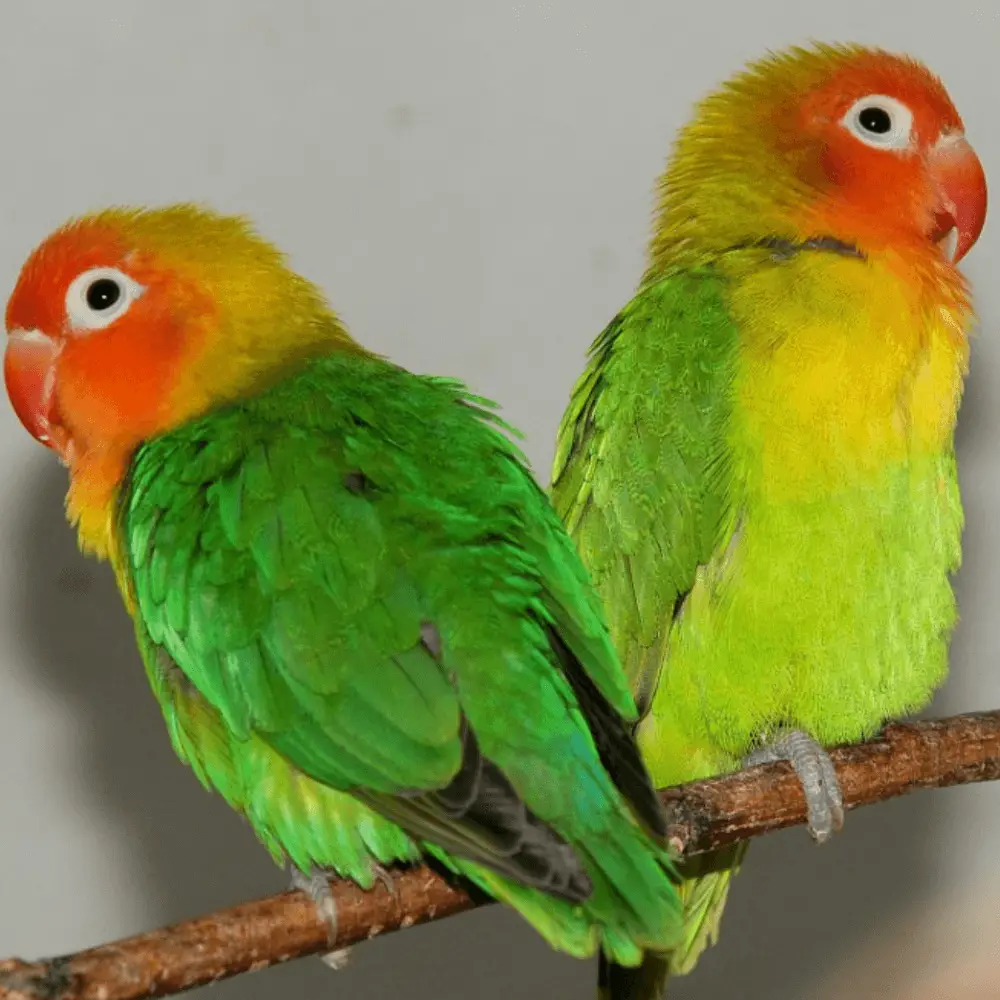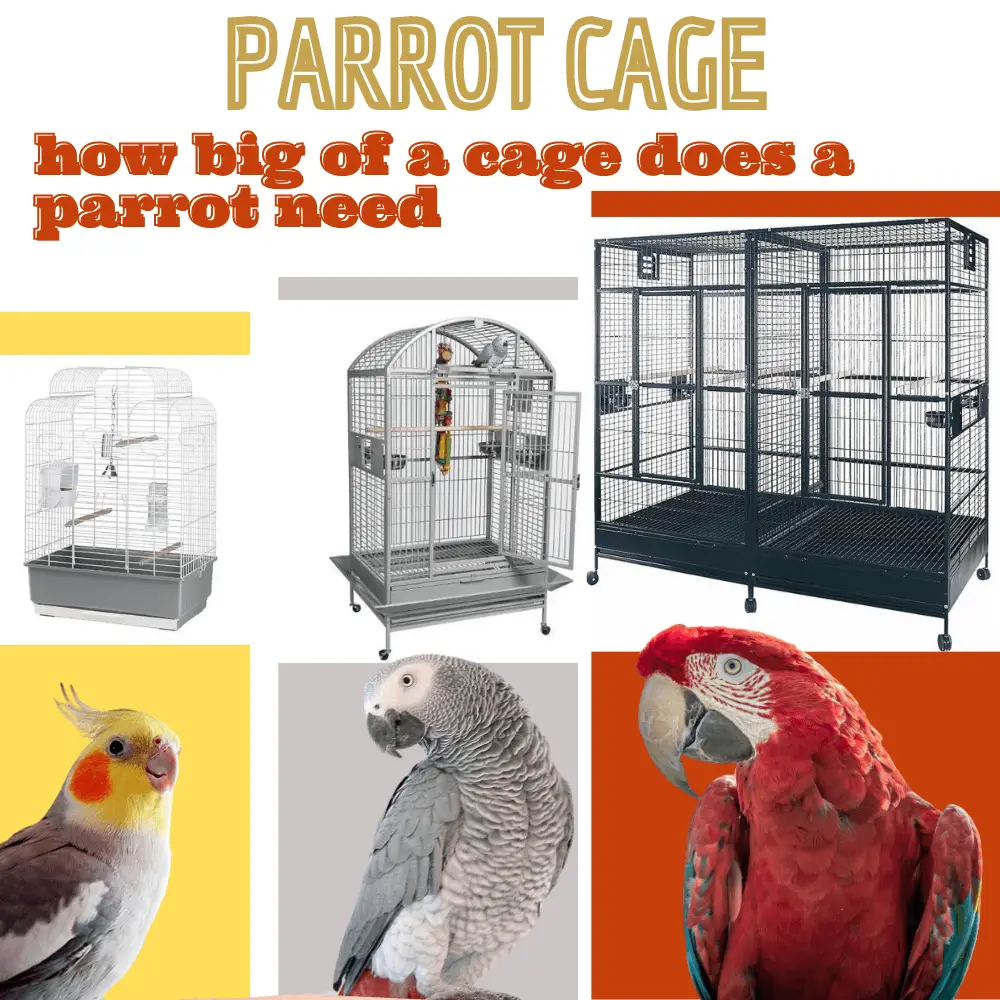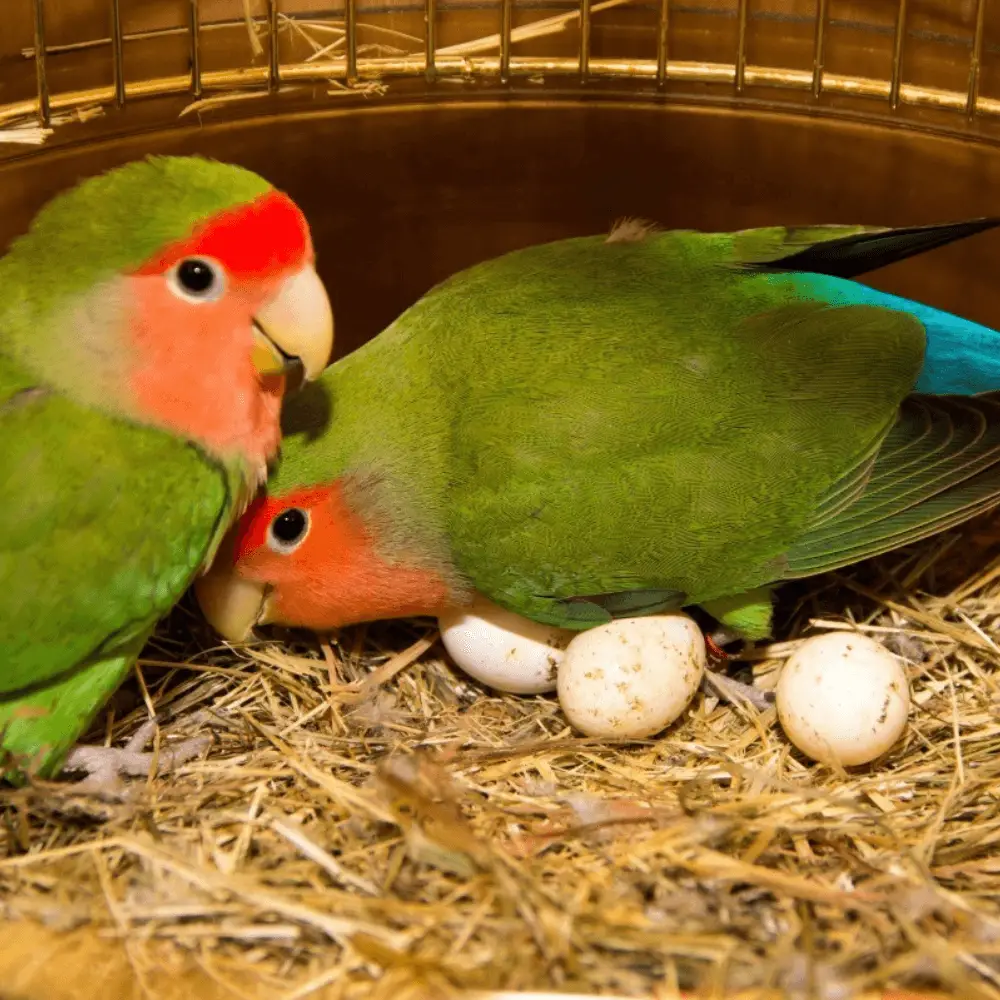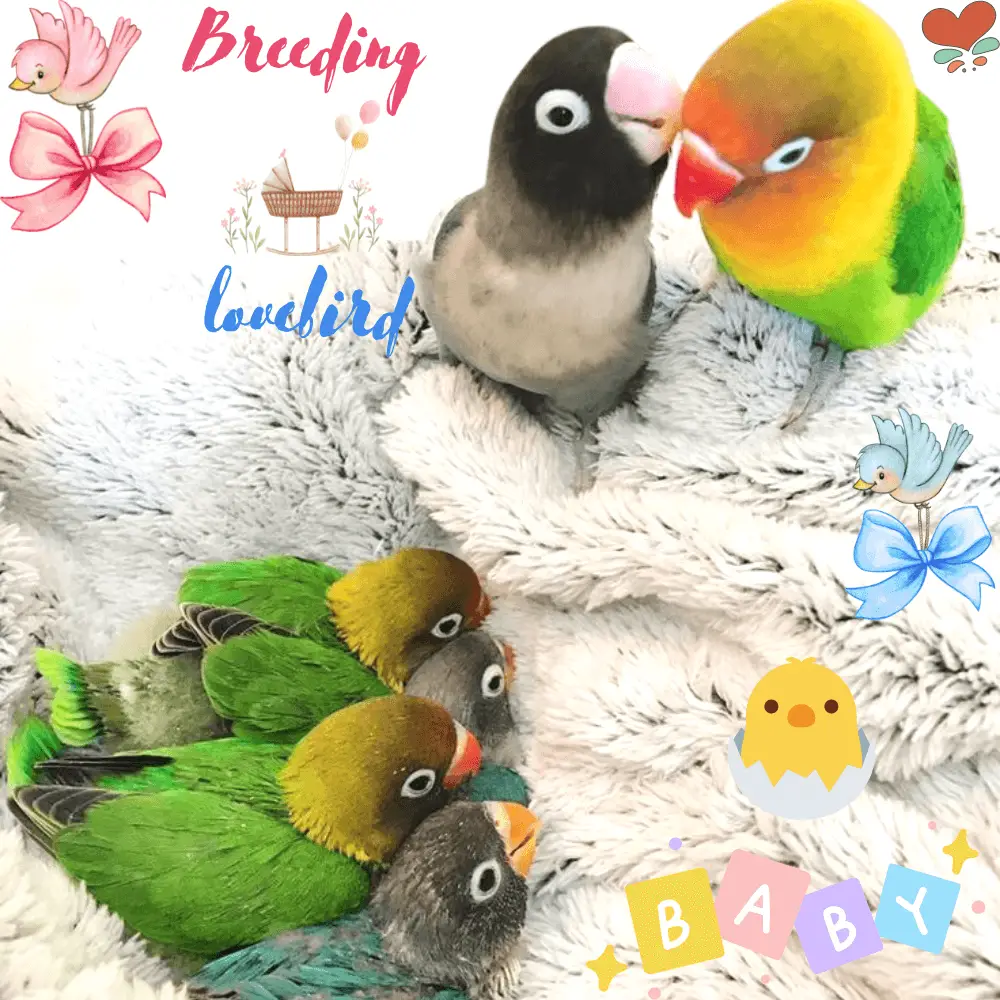Breeding lovebird: Two weeks after birth, you can feed the babies and get them used to human contact, as they are docile parrots.
Known as the lovebird or lovebirds because they maintain close ties with their partner, lovebirds are an exotic species originating from tropical regions of Africa (Tanzania, Kenya, and Madagascar).
Breeding lovebird is extremely tricky. It should therefore not be taken lightly and certain considerations should be taken into account.
There are different types of lovebirds. The most common are Fisher’s lovebird, Agapornis personata, and Agapornis roseicollis.
Its body can reach between 13 and 16 centimeters long depending on the species. Their plumage offers stunning green, red, orange, blue, and even purple colors, filling their surroundings with vibrant colors.
How love birds breed
Do not rush. Think carefully about whether you really have the space and the budget to carry out the breeding of lovebirds. These elements are indeed essential to ensure the care of the lovebird.
It is also important to know what you will do with the offspring. Will they all stay with you? Do you have friends or relatives who could adopt one? Will the noise they make disturb the neighbors? Remember that each litter can produce between five and six babies.
Preparations

After thinking about the previous points, make sure that your pair of lovebirds belong to the same species. The union between different types of birds in most cases causes the death of the offspring. The chicks sometimes survive but remain sterile throughout their lives.
Make sure you have a male and a female. This aspect is very difficult to identify in the breeding of Agapornis because the naturally affectionate behavior of the animal can make us assume things that are not. It is therefore advisable to determine their sex by DNA analysis of their wing feathers.
The male courts the female by feeding her. Mating then occurs. The female lays her first egg 3 to 10 days later. She then continues to lay one or more eggs per day, up to a total of four or six eggs.
Do not breed with inbred partners. The DNA loads between the father and the mother of the baby bird are shared at 50%. Therefore, most of their genes will coincide if they have the same blood, especially resulting in deformities in babies, and premature death.
The bird needs an adequate diet for the Breeding lovebird to be satisfactory. Mixtures (seeds) for lovebirds, fresh fruits, and vegetables are fundamental elements of the animal’s diet. It can be supplemented with a calcium block and breeding paste.
Lovebird breeding cage

Opt for a large cage. It must be large enough to accommodate the wooden nest and several toys to make lovebird life more active. Place it in a place protected from drafts and sudden changes in temperature. The location should also have natural light and not be obstructive.
The nest must be wooden, in a horizontal position, at least 23 centimeters (width) x 14.5 centimeters (height) x 15.5 centimeters (depth). The soft material they need in the cage to complete the nest is palm leaves. They will introduce these themselves to generate a comfortable and warm incubation place.
It is appropriate to put a bathtub in the cage when we place the nest. This is essential because the agopornis must provide the eggs with the necessary humidity so that they can hatch without problems.
Lovebird egg laying

Lovebirds generally lay their eggs every other day, in other words, every other day. As we mentioned earlier, the number of eggs varies from four to six. The male feeds the female during the breeding process due to the time required for incubation.
The initial phase of the process is delicate. It is necessary to watch the female, and when detecting the first egg, we must take care of the next clutch and ensure that she does not retain any eggs.
It is advisable to consult the exotics veterinarian quickly if the female presents with a swollen abdomen and the laying of an egg are delayed for more than 48 hours.
We must, if the parents accept it, control the state of the eggs to guarantee the breeding of lovebirds. In the event that a shell is broken or pecked, it should be removed to avoid rotting problems inside the nest.
Incubation begins with the arrival of the first egg. It is only then that the female leaves the nest. It is important to place a clean bathtub with fresh water because she might want to wash it when leaving the nest. Eggs also need humidity for proper incubation.
Lovebird chicks are born between 22 and 25 days after laying. They can take up to 24 hours to hatch. The chicks then absorb important nutrients from the yolk. It is therefore not necessary to intervene in the process.
It is important not to open the nest prematurely, unless necessary. You can catch the baby birds to feed and housebreak them when they are two weeks old. This technique will make them docile, and accustomed to contact with people.
Related article:

